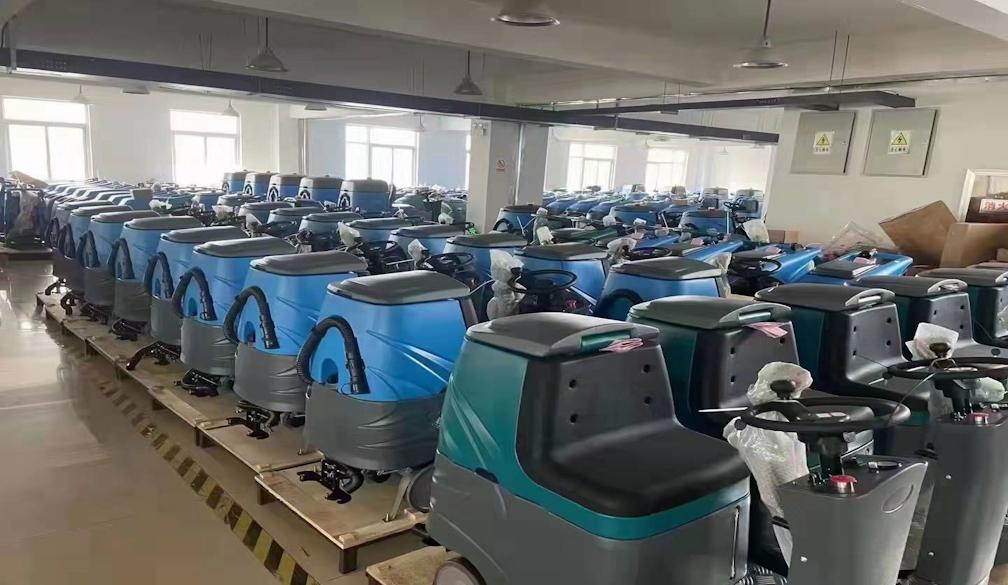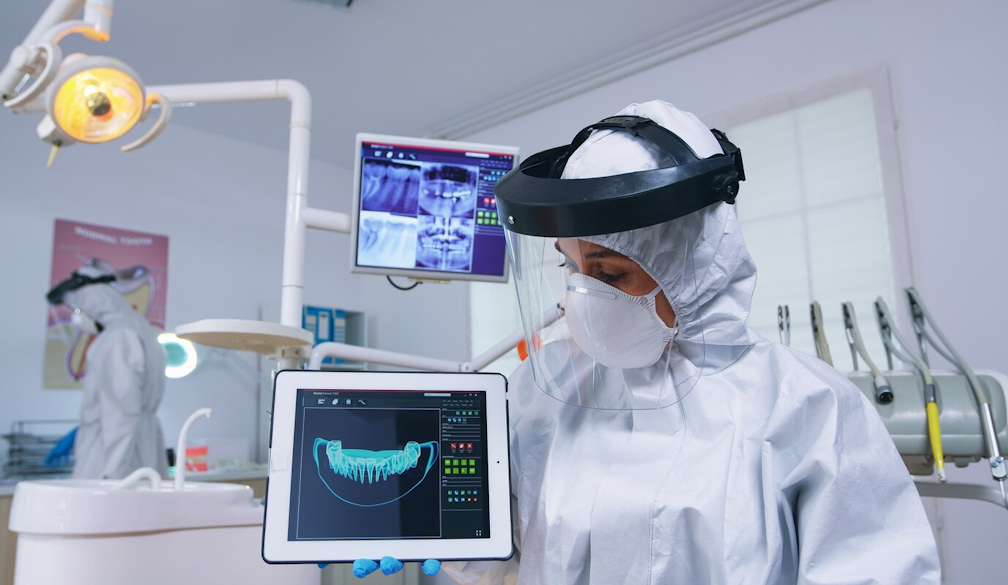Ride-On Sweepers for Food Processing Facilities: Hygiene and Safety

Food processing facilities face pressure to uphold the standards of hygiene and safety. The presence of food particles, dust and debris, in these environments, poses risks to food safety employee well-being and compliance with regulations. One effective solution for tackling these challenges is the utilization of ride-on sweepers. In this article we will explore the significance of maintaining hygiene and safety in food processing facilities and how ride-on sweepers play a role in achieving and sustaining these elevated standards.
Hygiene in Food Processing Facilities
Importance of Hygiene
Ensuring food safety holds paramount importance within food processing facilities. Contaminants such as bacteria, pathogens and foreign objects can compromise the quality and safety of food products potentially leading to incidents of illnesses well as recalls.
Regulatory Compliance
Stringent regulations govern the hygiene standards to food processing facilities. Failure to comply with these regulations can result in fines, legal actions and damage to reputation.
Brand Reputation
Maintaining an hygienic environment is essential, for establishing and safeguarding a brand image. Consumers expect that the food they purchase has been produced under conditions.
Maintaining Hygiene Challenges
Dealing with High Foot Traffic
Food processing facilities often face the issue of a number of people walking around which increases the risk of introducing contaminants from outside.
Managing Machinery and Equipment
The operation of machines and equipment can create dust and debris that settle on surfaces potentially contaminating food products.
Cleaning Hard, to Reach Areas
Areas within the facility like corners, crevices and overhead spaces can be difficult to clean using traditional cleaning methods.
Safety Importance in Food Processing Facilities
Prioritizing Employee Well being
Ensuring the safety and well being of employees is a concern for food processing facilities. This commitment is driven by the understanding that accidents and injuries not cause suffering but also disrupt operations significantly. These disruptions can have effects throughout the organization affecting productivity, morale and financial stability. Therefore implementing safety measures such as utilizing ride-on sweepers to mitigate hazards is crucial.
Meeting Regulatory Requirements
Occupational safety regulations serve as a framework designed to protect workers from hazards. Failure to comply with these regulations can lead to consequences such, as penalties and legal issues.
It is crucial, for food processing facilities to prioritize compliance with these regulations to ensure the safety of their employees and maintain a reputation in the industry.
Safety Hazards in Food Processing Facilities
Slips and Falls
The presence of spills and accumulation of debris within a food processing facility can create surfaces increasing the risk of slip and fall accidents. This highlights the importance of maintaining an hazard free environment to protect employees well being and prevent injuries.
Air Quality
The existence of dust and airborne particles in food processing facilities can negatively impact air quality. This compromised air quality can lead to issues among employees emphasizing the significance of cleaning methods and proper air filtration systems to promote a healthy working environment.
Equipment Interference
Accumulated debris presents a risk as it can disrupt the operation of machinery and equipment in food processing facilities. Such interference can result in accidents or malfunctions underscoring the need, for cleaning measures that prioritize employee safety while ensuring performance of critical equipment.
The Importance of Ride-on sweepers, in Food Processing Facilities
Functionality of Ride-on sweepers
Ride-on sweepers are cleaning machines designed to effectively remove dust, debris and contaminants from various surfaces, particularly floors.
Key Features
These sweepers have a path that allows for faster cleaning along with dust control systems to prevent the spread of airborne particles. They also feature high-capacity debris containers for operation. Are designed for maneuverability and accessibility in tight spaces.
Benefits of Ride-on sweepers
Improved Cleaning Efficiency
Ride-on sweepers offer a significant advantage by covering larger surface areas in much less time compared to manual cleaning methods. This increased efficiency directly translates into productivity within food processing facilities.
Effective Dust Control
The presence of dust control systems in these sweepers plays a role in maintaining a clean and healthy environment. These systems efficiently. Contain particles, preventing them from spreading into the air. This not ensures a workspace but also contributes to improved indoor air quality and the overall well being of employees.
Enhanced Workplace Safety
Ride-on sweepers play a role in enhancing safety by effectively reducing the risk of slips and falls. Their efficient cleaning capabilities help maintain floors without hazards significantly contributing to creating a working environment, for employees.
Maintaining Equipment
Regularly using ride-on sweepers can significantly increase the lifespan of machinery and equipment by preventing the accumulation of debris.
Choosing the Right Ride-on sweeper
Factors to Consider
1. Facility Size
The size of a food processing facility plays a role, in determining the sweeping capacity and whether to opt for compact or larger ride-on sweepers. Larger facilities may benefit from using sweepers while smaller ones can efficiently meet their cleaning requirements, with compact models.
2. Debris Type
It's important to acknowledge that different food processing facilities deal with types of debris. Therefore, selecting a sweeper equipped with brushes and filters becomes a consideration. This tailored approach ensures removal of debris maintaining an hygienic environment that aligns with each facilitys specific needs.
3. Maneuverability
When choosing a ride-on sweeper for a food processing facility it's crucial to consider the layout and design of the facility itself. This factor helps in selecting a sweeper model that offers the maneuverability and agility to navigate spaces and corners effectively. By adopting this customized approach comprehensive cleaning coverage is achieved, leaving no area untouched.
Maintenance and Training
Regular Upkeep
Ensuring the ongoing effectiveness of ride-on sweepers, in food processing facilities requires upkeep. This includes cleaning, servicing and inspecting components to extend their lifespan and maintain optimal performance. By doing these sweepers contribute to the facilitys hygiene and safety standards.
Operator Education
It is crucial to train employees on the efficient operation of ride-on sweepers in order to maximize their benefits within food processing facilities. Proper training not ensures operator safety. Also improves the effectiveness and productivity of the sweeping process. Equipping employees with the skills and knowledge to operate these machines effectively contributes to hygiene and safety standards.
Conclusion
In order to protect both consumers and employees while adhering to regulations food processing, facilities must prioritize hygiene and safety. Ride-on sweepers provide a solution by removing contaminants and reducing safety hazards. By selecting the ride-on sweeper model providing maintenance and offering proper training food processing facilities can uphold high standards of hygiene and safety ultimately safeguarding their reputation and profitability, in the industry.


